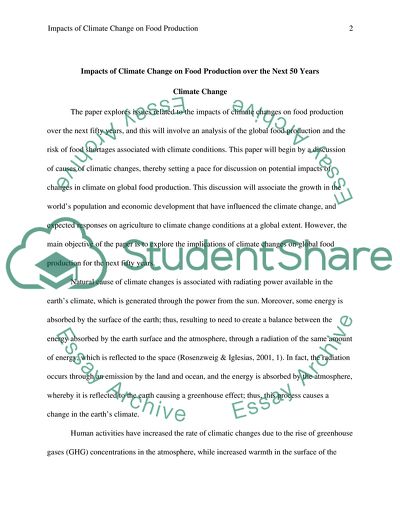Cite this document
(Impacts of Climate Change on Food Production over the Next 50 Years Term Paper, n.d.)
Impacts of Climate Change on Food Production over the Next 50 Years Term Paper. https://studentshare.org/environmental-studies/1789800-discuss-the-likely-impacts-of-climate-change-on-food-production-over-the-next-50-years
Impacts of Climate Change on Food Production over the Next 50 Years Term Paper. https://studentshare.org/environmental-studies/1789800-discuss-the-likely-impacts-of-climate-change-on-food-production-over-the-next-50-years
(Impacts of Climate Change on Food Production over the Next 50 Years Term Paper)
Impacts of Climate Change on Food Production over the Next 50 Years Term Paper. https://studentshare.org/environmental-studies/1789800-discuss-the-likely-impacts-of-climate-change-on-food-production-over-the-next-50-years.
Impacts of Climate Change on Food Production over the Next 50 Years Term Paper. https://studentshare.org/environmental-studies/1789800-discuss-the-likely-impacts-of-climate-change-on-food-production-over-the-next-50-years.
“Impacts of Climate Change on Food Production over the Next 50 Years Term Paper”. https://studentshare.org/environmental-studies/1789800-discuss-the-likely-impacts-of-climate-change-on-food-production-over-the-next-50-years.


